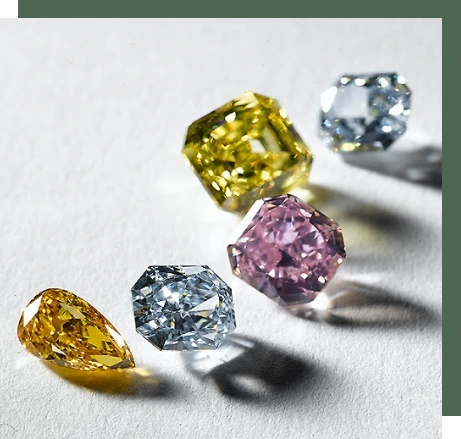

Discover the World of Natural Diamonds
Unearthing the Origins of Natural Diamonds
Born from the sheer intensity and profound depths of Earth’s inner layers, natural diamonds are timeless treasures, their genesis dating back billions of years. Amidst an inferno of immense heat and staggering pressure, carbon atoms deep beneath the Earth’s surface undergo a dramatic metamorphosis, forming a compact cubic crystalline structure. This distinctive arrangement, known as a tetrahedron, fortifies each carbon atom by bonding it to four others, resulting in the hardest and most thermally conductive naturally occurring substance.
The creation of natural diamonds necessitates extraordinarily specific conditions. The depths required for this miraculous transformation lie approximately 100 miles below the Earth’s surface, where pressures reach a formidable 725,000 pounds per square inch and temperatures soar to around 2500 degrees Fahrenheit. Once crafted in nature’s formidable crucible, these diamonds journey upwards, ferried to the Earth’s crust by violent volcanic eruptions.
Today, these stunning crystalline marvels are predominantly mined in the African countries of Botswana and South Africa. However, the quest for these precious gems extends across the globe, with diamond mines operating in numerous countries worldwide.

Diamond Mining
Diamonds are mined from the depths of the Earth, with the main diamond-producing countries being Russia, Botswana, Canada, and Australia. They can be extracted using several methods such as open-pit mining, underground mining, alluvial mining, or marine mining. It’s a complex and labor-intensive process, requiring careful planning and execution.
The diamond industry is progressively adopting responsible mining practices, focusing on minimizing environmental impact and providing safe working conditions, fair wages, and community support in mining regions.

From Rough Stone to Sparkling Jewel
Once mined, rough diamonds don’t yet possess the sparkle we associate with them. To reveal their hidden beauty, they need to be cut and polished, a meticulous process that unveils the diamond’s brilliance and fire. This is typically performed in major cutting centers around the world, including Antwerp, New York, Tel Aviv, and Mumbai.
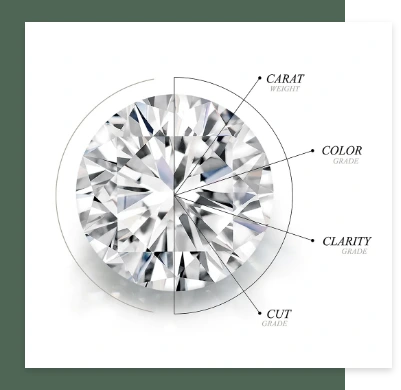
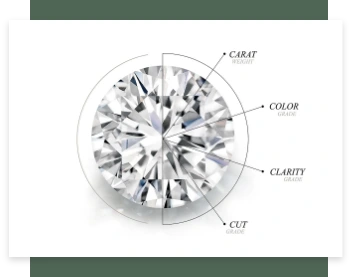
Every diamond is unique, and their value and beauty are evaluated based on the 4Cs – Carat, Cut, Clarity, and Color.
- Carat: The weight and size of the diamond.
- Cut: Quality of the diamond’s facets, symmetry, and proportions.
- Clarity: The presence of internal or external flaws, known as inclusions and blemishes respectively.
- Color: Evaluated based on the absence of color in a diamond.
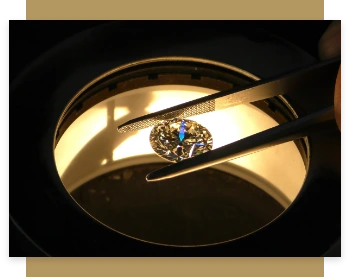
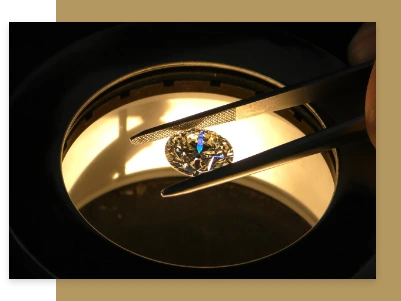
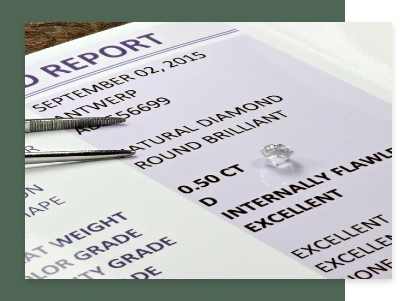
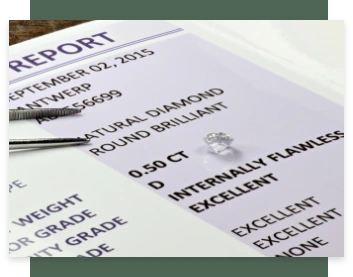


Natural Diamonds vs. Lab-Grown Diamonds: A Comparative Study
The pivotal differences between natural and lab-grown diamonds boil down to their distinct origins and associated costs. To the untrained eye, the similarities between these two types of diamonds can be virtually indistinguishable. Yet, there exists a substantial price disparity owing to the inherent rarity of natural diamonds, affording couples the opportunity to acquire larger, more exquisite lab-grown stones that might otherwise exceed their budget.
Formed under the unrelenting pressure and temperatures deep within the Earth’s mantle, natural diamonds are the product of millions of years of geological activity. Conversely, lab-grown diamonds replicate these extreme conditions within the controlled confines of advanced technology, expertly supervised to ensure optimal results.
Despite their contrasting genesis, both natural and lab-grown diamonds possess the same atomic composition and structure. They’re both constituted of carbon atoms arranged in a tetrahedral pattern, emphasizing the fact that regardless of origin, the beauty and allure of a diamond remain universally enchanting.
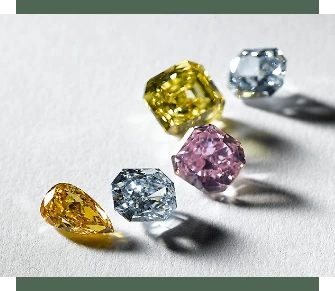
Fancy Colored Diamonds
While colorless diamonds are the most well-known, diamonds come in a spectrum of colors including blues, yellows, pinks, and more. These fancy colored diamonds are naturally occurring but much rarer than their colorless counterparts.
From formation to finish, every diamond carries a story of its journey over billions of years. Its timeless beauty, enriched by nature and perfected by skilled artisans, makes it a cherished symbol of love and commitment.
